Resource Center
Everything you need to know about MTSS in one place
Most-Loved by Districts and Schools
We’ve handpicked our most popular and impactful resources to help you strengthen your MTSS practice.
.png?width=1800&height=940&name=It%E2%80%99s%20Not%20Magic%20-%20It%E2%80%99s%20MTSS%20(webinar).png)
Webinar
It’s Not Magic - It’s MTSS: Creating the Conditions That Inspire Innovation
📆 Feb 3, 1:00 ET
After a crowd-favorite Summit keynote, Angie Plugge is back by popular demand for a free follow-up session, sharing how her district is driving real improvements in student outcomes.
Data-Driven Decisions
Register now
Filter Resources
Looks like we're missing that one!
Double-check your spelling or try searching with different keywords. Still can’t find what you’re looking for? Reach out—we might have something in the works.
Ready to Make Student Support Simpler and Stronger?
Discover how Branching Minds streamlines MTSS, empowers educators, and improves student outcomes, starting today.
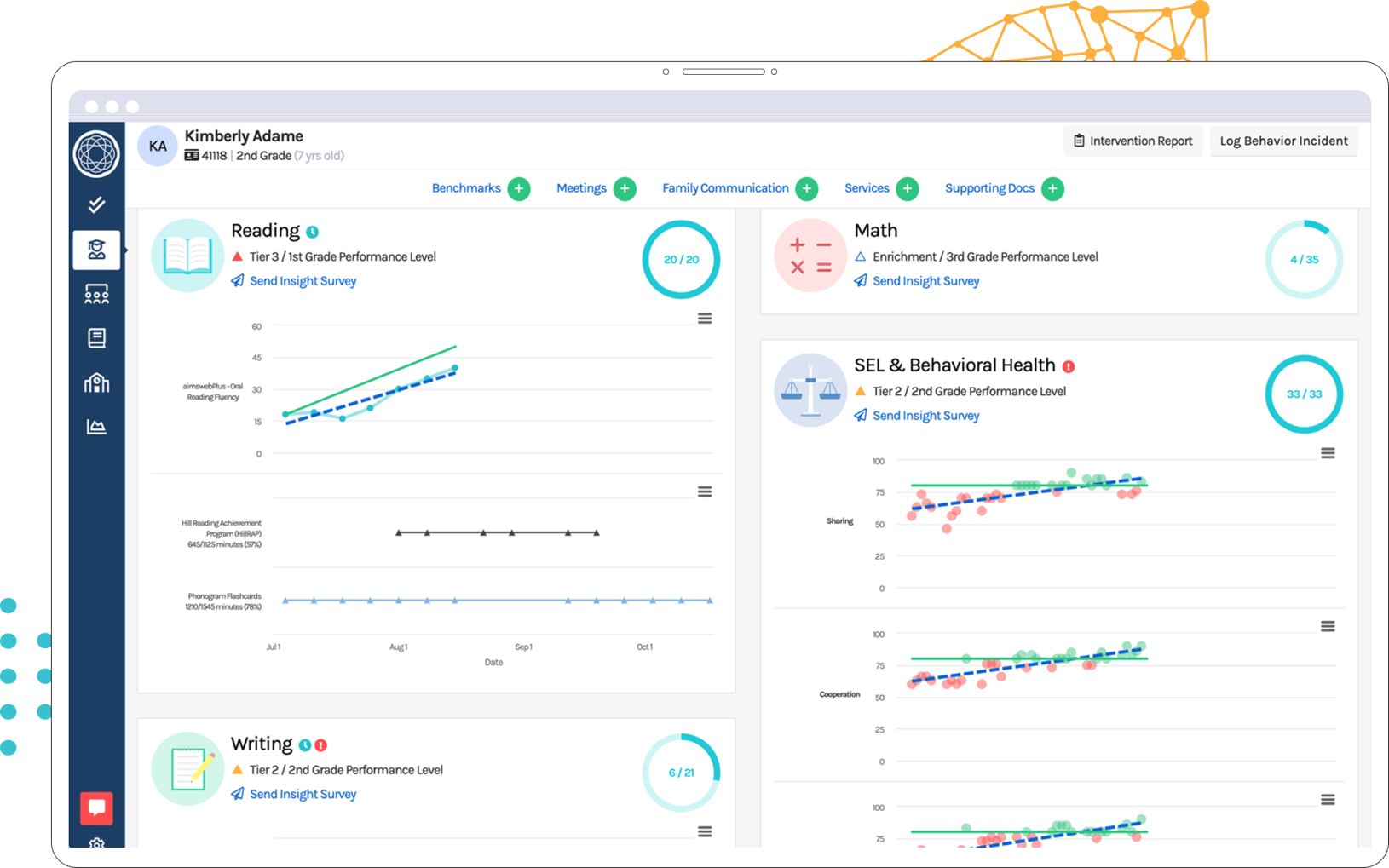













.png?width=1750&height=875&name=Understanding%20Literacy%20Basics%20(Preview).png)

%20(8).png?width=1436&height=715&name=2026%20MTSS%20MINI%20SUMMIT%20LOGO%20(draft)%20(8).png)
.png?width=2700&height=1411&name=College%20and%20Career%20Readiness%20(1).png)



.png?width=2000&height=1000&name=Top%205%20Blogs%20of%202025%20(blog).png)
.png?width=813&height=813&name=2025%20Virtual%20%20MTSS%20Summit%20(2).png)

.png?width=1625&height=813&name=The%20Power%20of%20Good%20Data%20(blog).png)

.png?width=2100&height=1097&name=10.23.25-6-Week-Check-In%20(tile).png)

.png?width=975&height=488&name=Tier-2-behavior-(cover).png)

.png?width=1000&height=500&name=Tier%203%20Behavior%20Support%20Planning%20(preview).png)
-1.png?width=883&height=709&name=Month%20by%20month%20(1)-1.png)
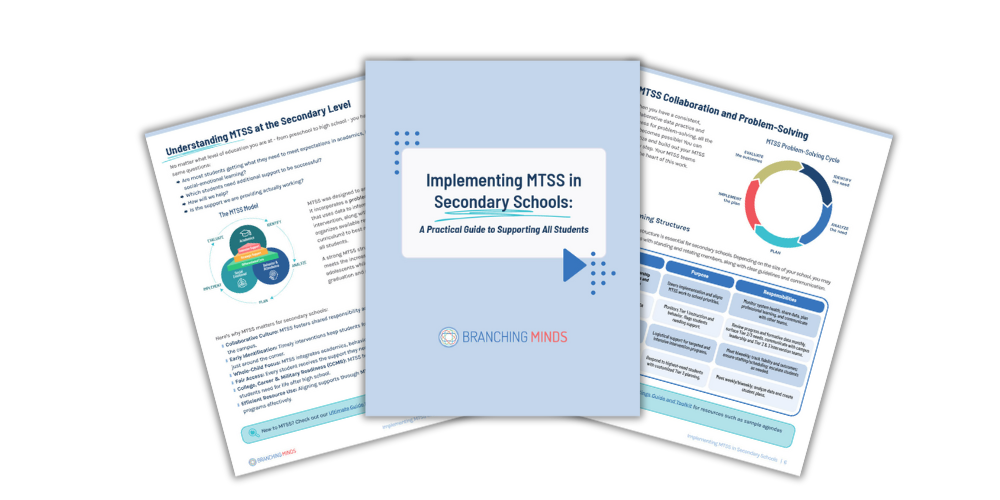

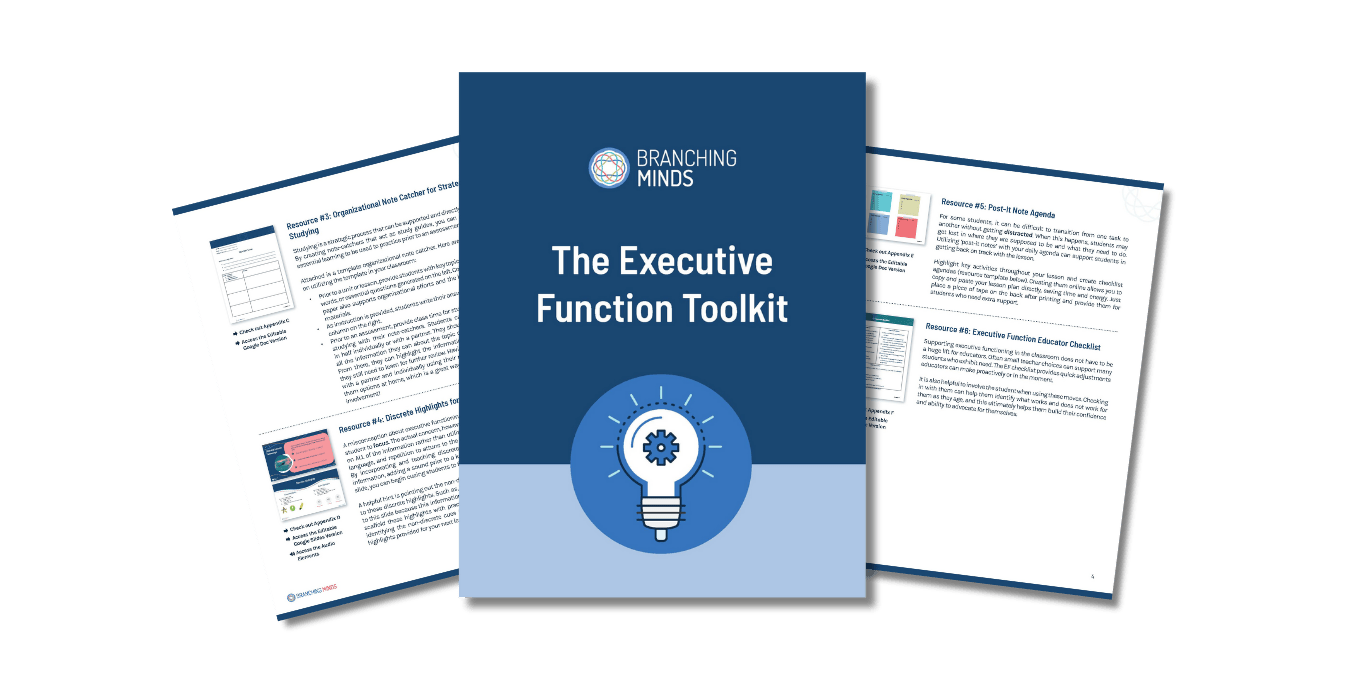
.png?width=1200&height=1200&name=08.25%20-%20How%20to%20Structure%20MTSS%20Teams%20for%20Better%20Student%20Outcomes%20(1).png)


.png?width=400&height=300&name=Ask%20the%20Author%20%20Executive%20Functions%20for%20Every%20Classroom%20(preview).png)
.png?width=1050&height=525&name=MTSS%20Playbook%20Series%20Month%20by%20Month%20(Covers).png)

.jpg?width=500&height=500&name=Summer-MTSS(preview).jpg)
.png?width=1406&height=703&name=Threat-Assewsment-Guide(cover).png)
.png?width=2770&height=2075&name=06.25%20-%20Behavior%20and%20%20Branching%20Minds%20LIVE%20DEMO%20(preview).png)
.png?width=1000&height=500&name=Mini-Summit-2025(preview).png)
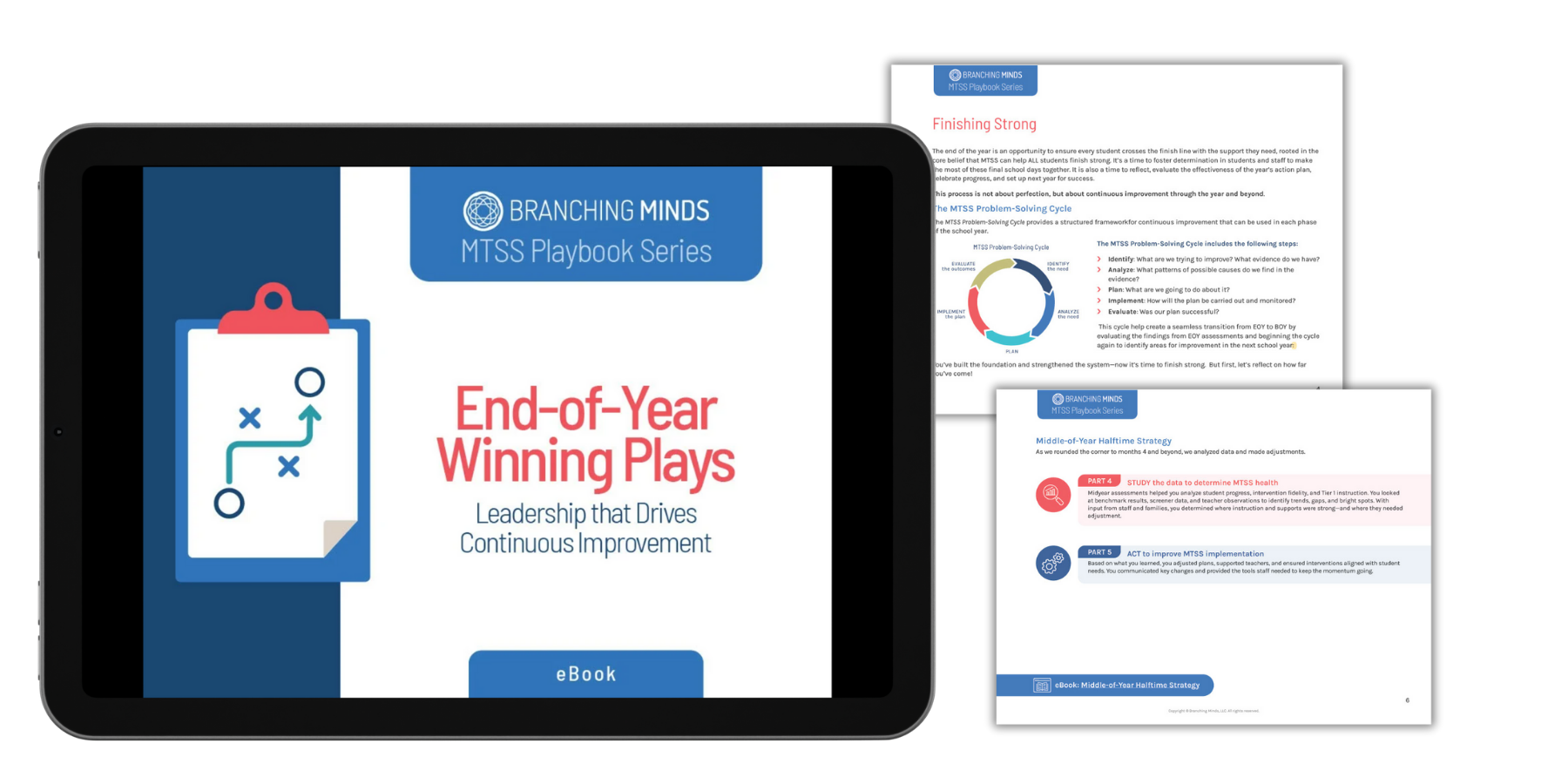



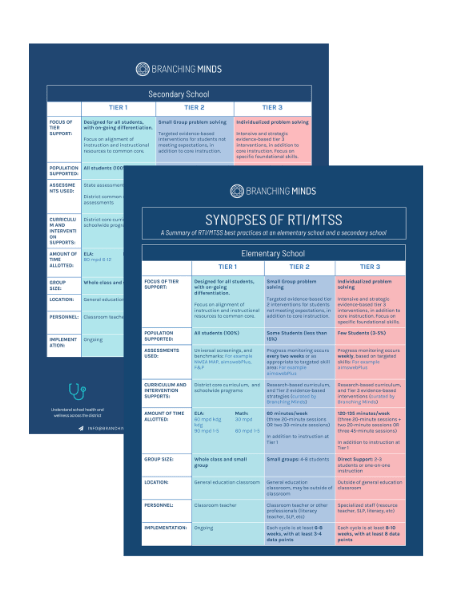
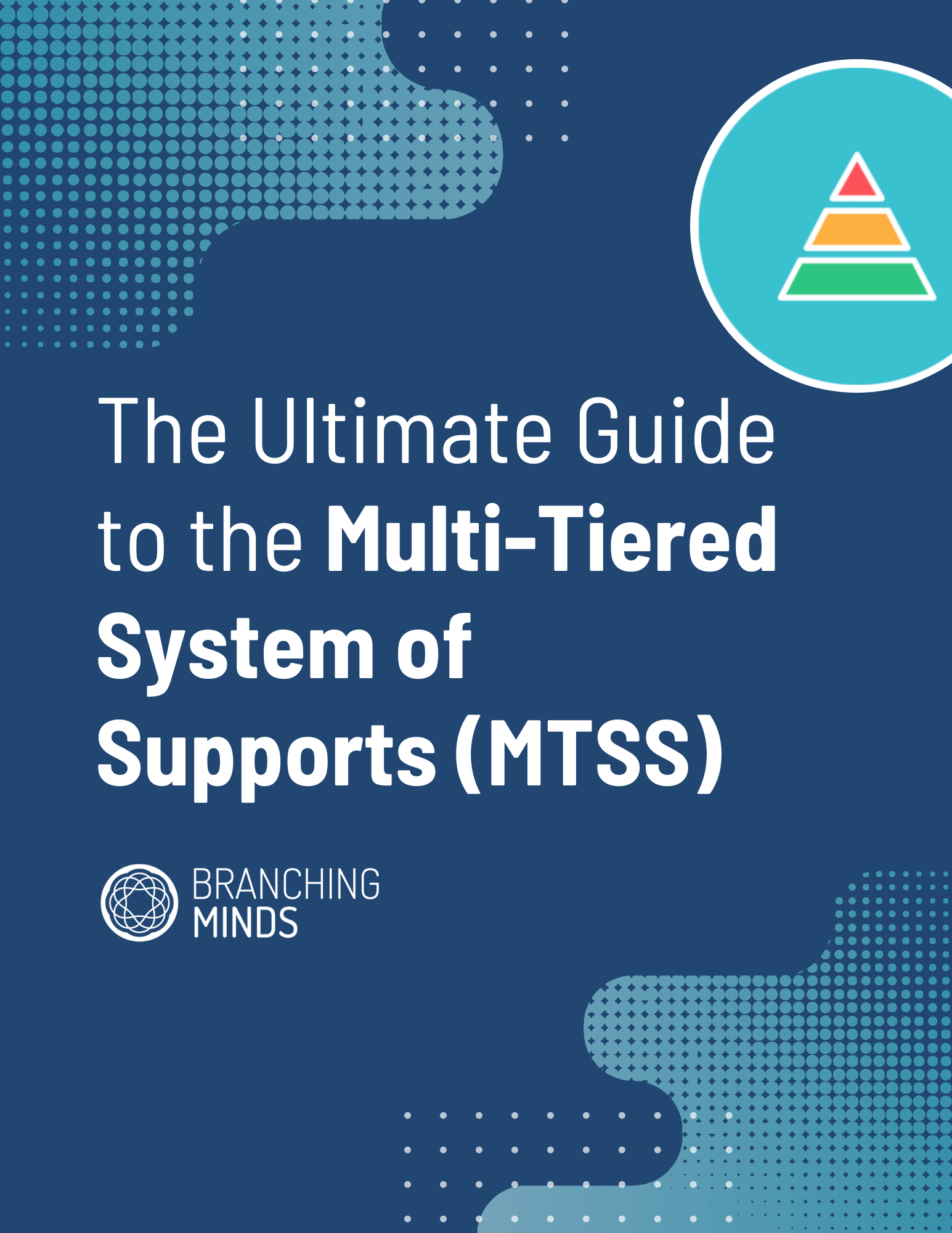


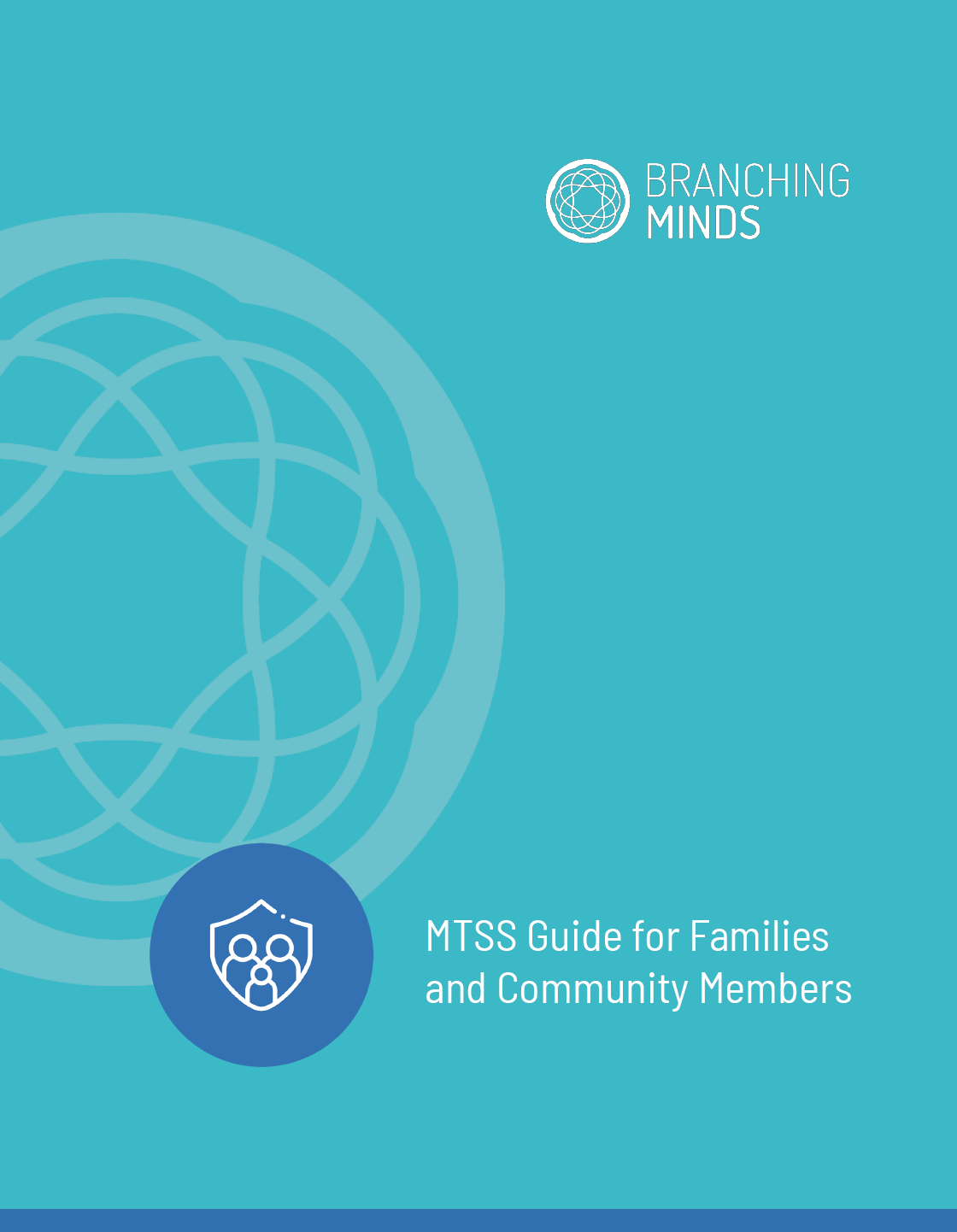
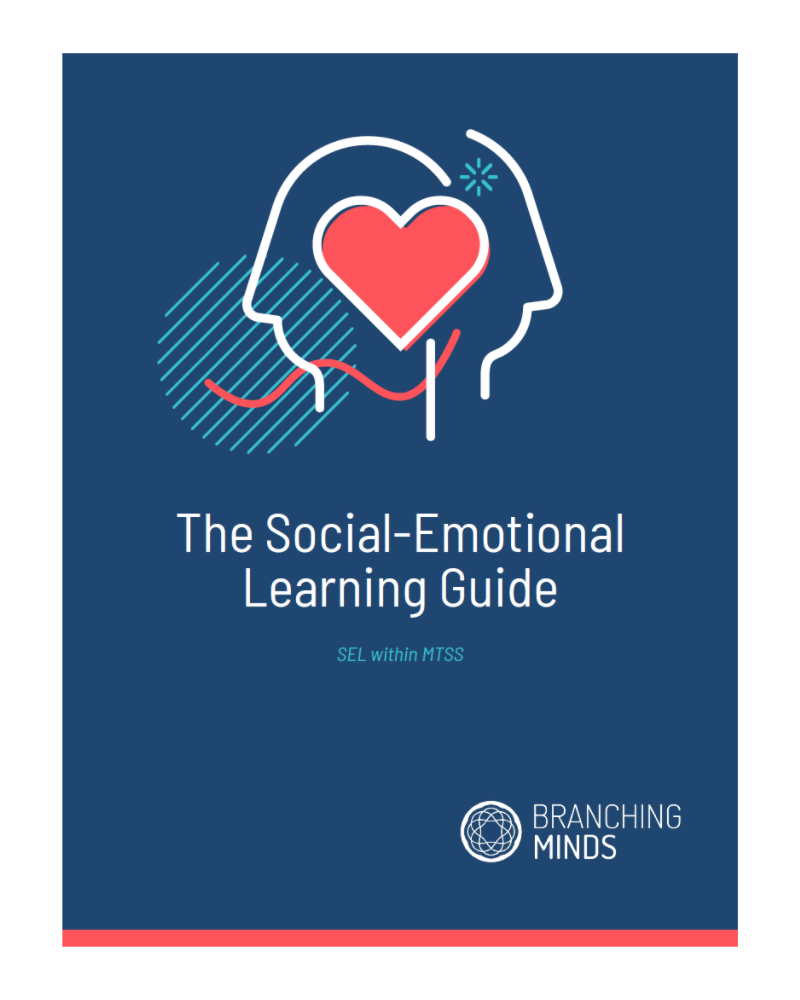
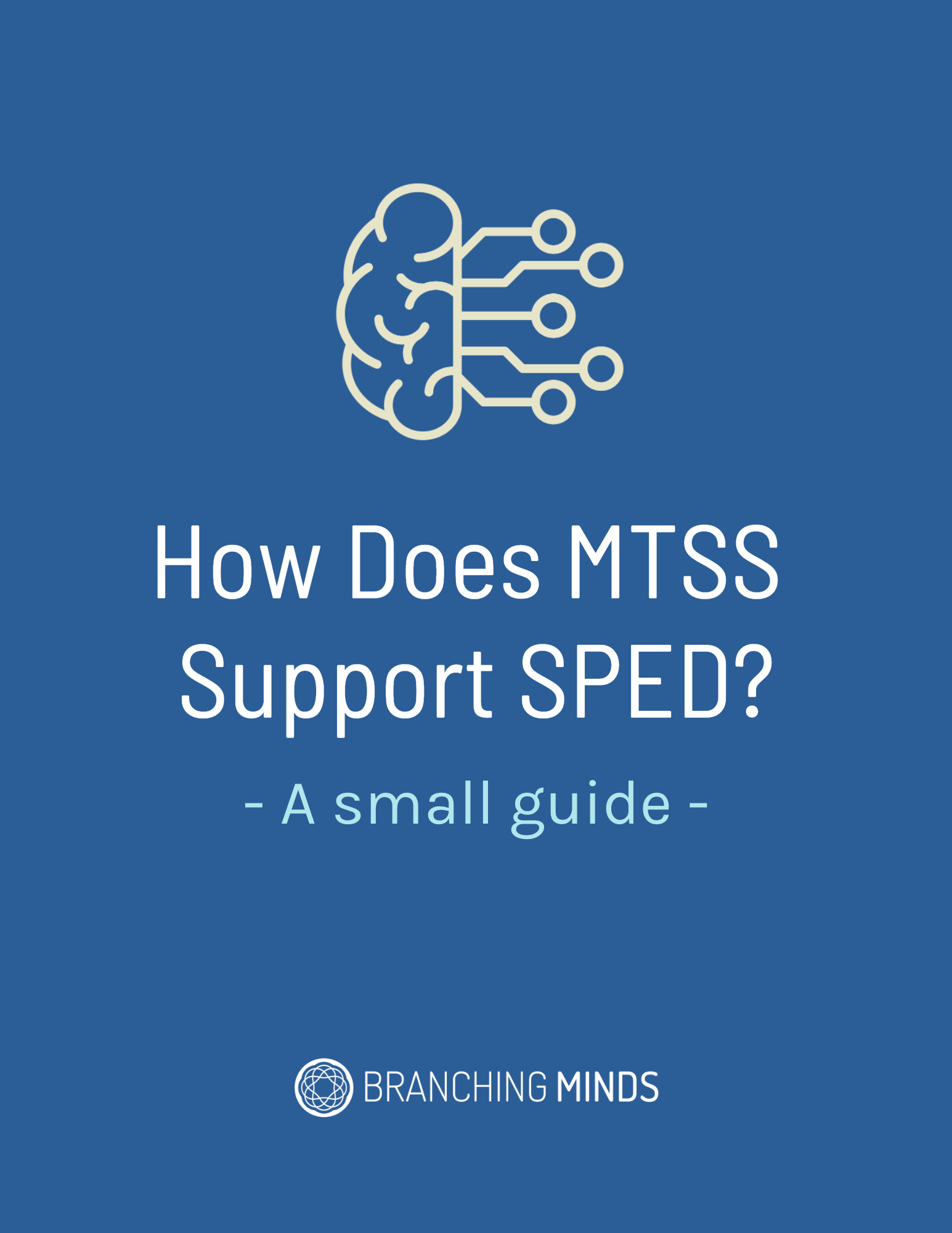
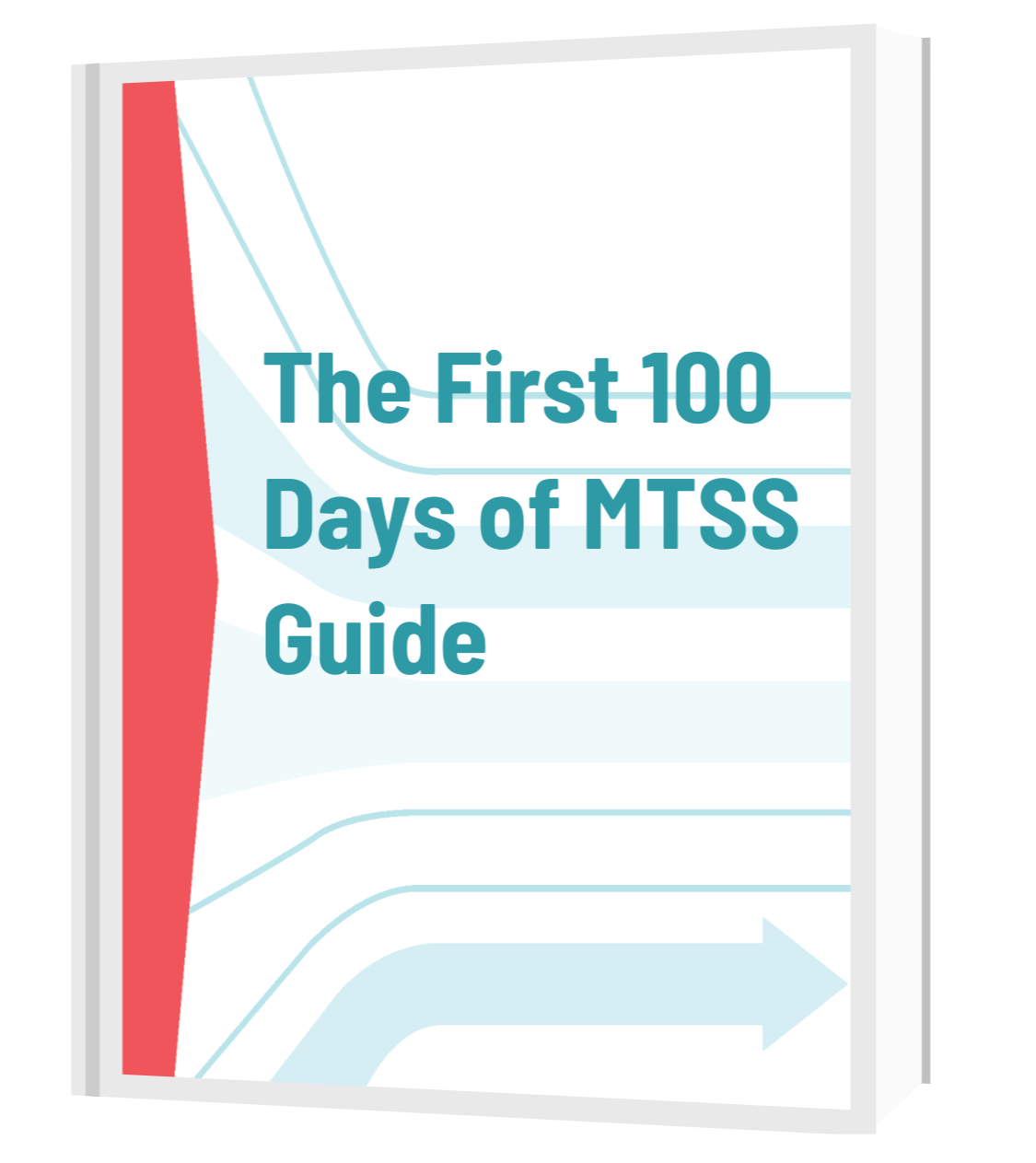
.png?width=900&height=450&name=Evidence-based-MTSS%20(cover).png)

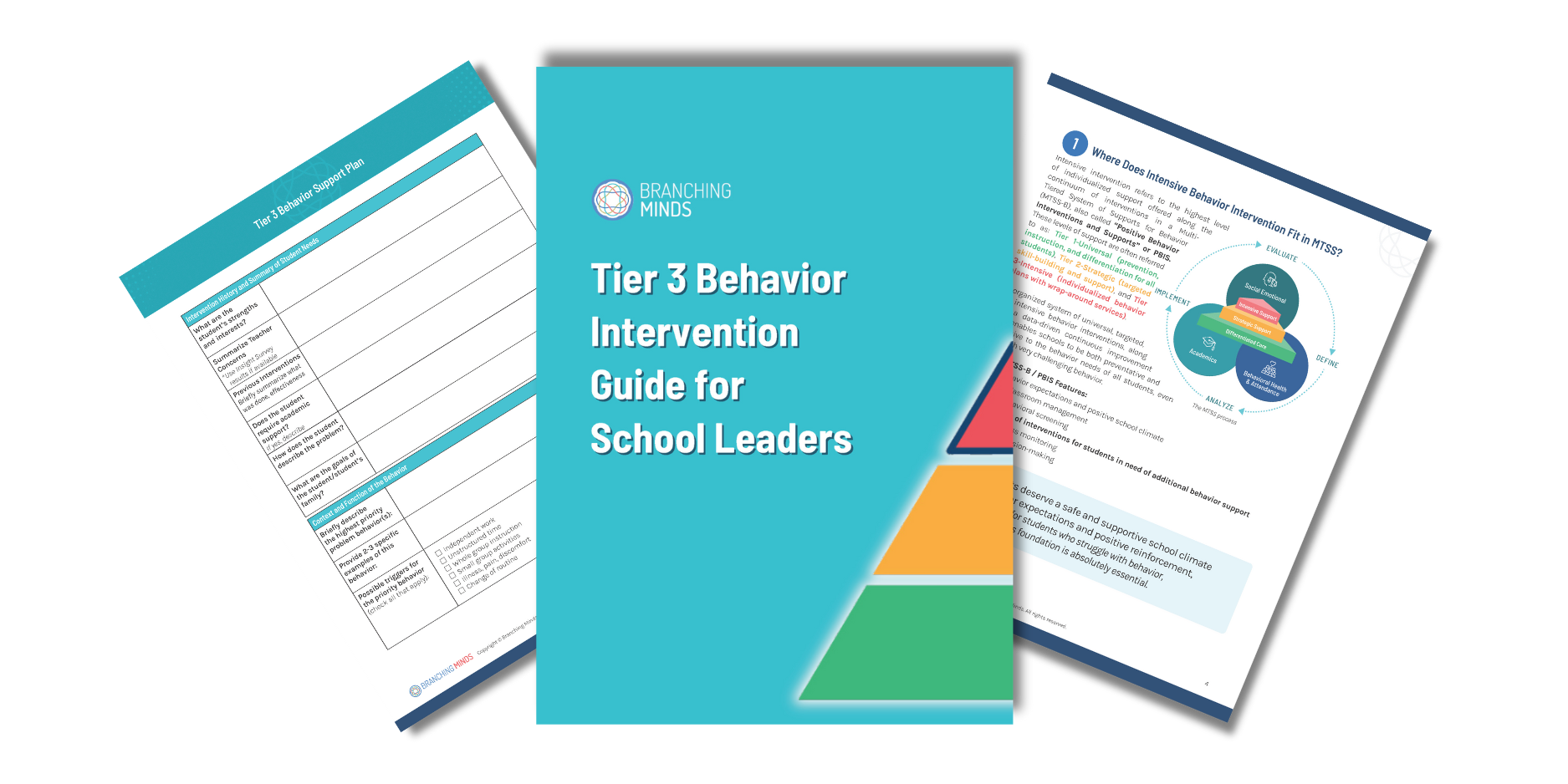

-min.png?width=1600&height=500&name=The%20Ultimate%20%20MTSS%20Progress%20Monitoring%20%20Guide%20and%20Toolkit%20(3)-min.png)

-min.png?width=1600&height=500&name=Implementing%20MTSS%20at%20a%20Sustainable%20Pace%20A%20Guide%20for%20School%20and%20District%20Administrators%20(1)-min.png)




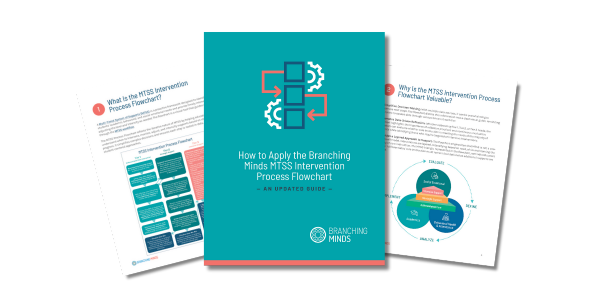

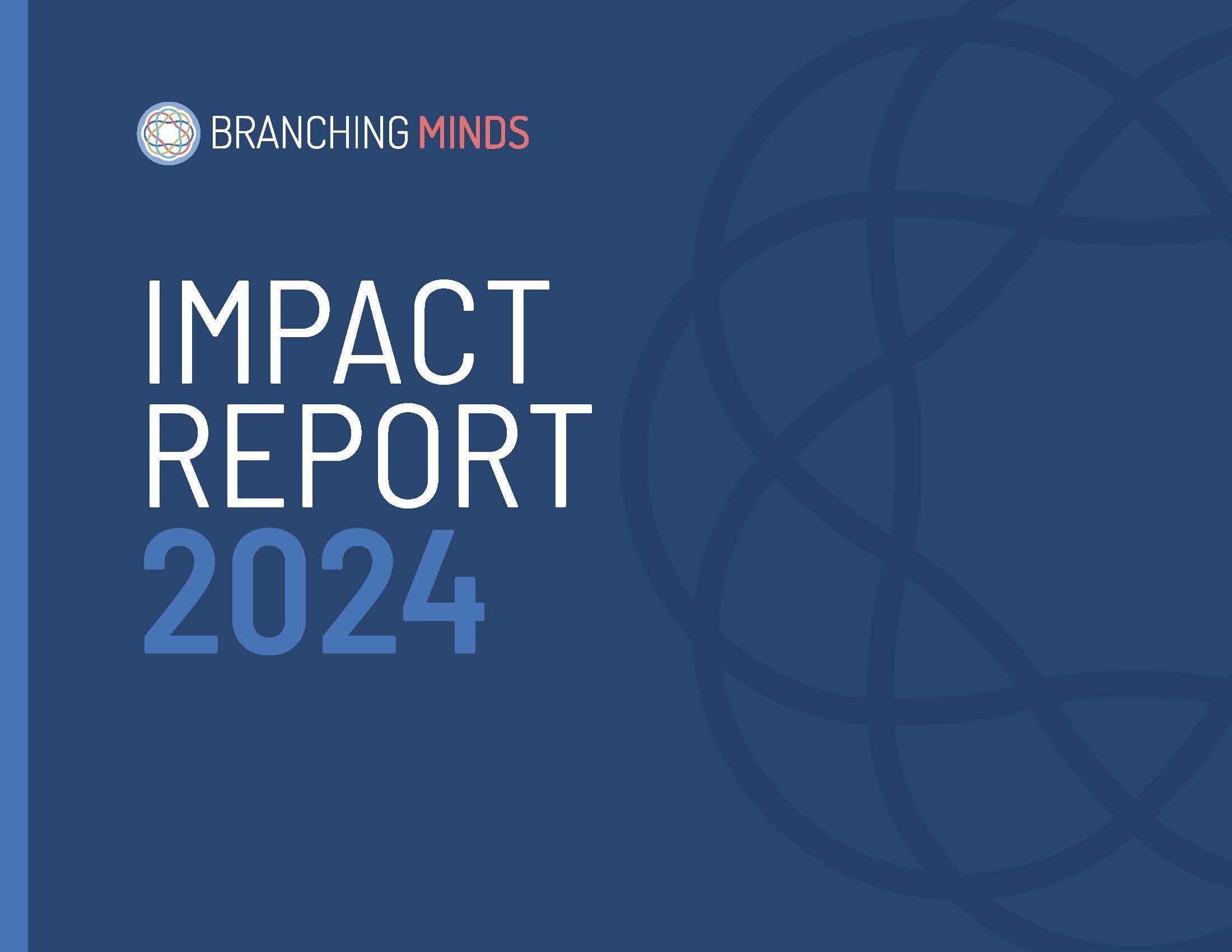
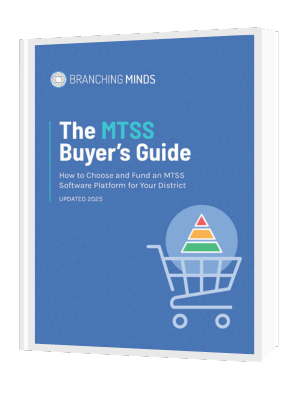



.png?width=813&height=813&name=Tech-Learning-Most-Influential-Edtech-Product-2025(preview).png)
.png?width=875&height=875&name=5%20Tips%20for%20De-Escalation%20and%20Building%20Strong%20Relationships%20with%20Students(preview).png)
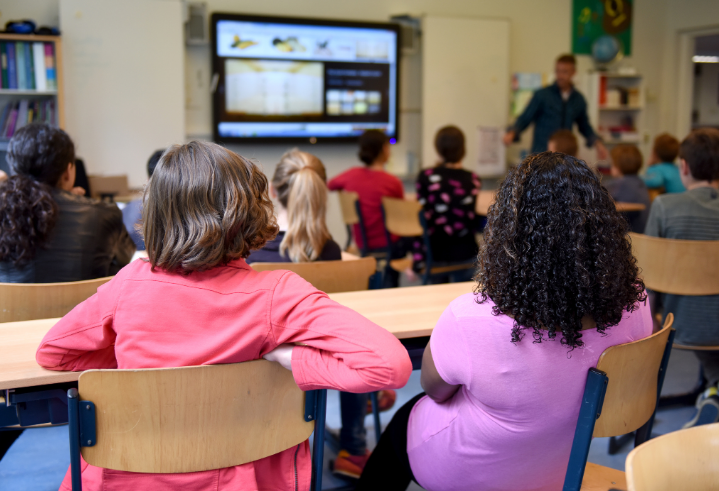

.png?width=500&height=500&name=Top%205%20MTSS%20Implementation%20Tips%20for%20School%20and%20District%20Leaders%20Foundational%20Reading%20Skills%20in%20MTSS%20(preview).png)


.png?width=500&height=500&name=Qualitative%20data%20MTSS%20(preview).png)




.jpg?width=500&height=500&name=Finding%20a%20Competitive%20Grant%20to%20Fund%20Your%20MTSS%20(preview).jpg)
.png?width=500&height=500&name=Addressing%20Foundational%20Reading%20Skills%20in%20MTSS%20(preview).png)


.png?width=500&height=500&name=The%20MTSS%20Request-for-Proposals%20Guide%20(preview).png)

.jpg?width=500&height=500&name=Better%20MTSS%20Meetings%20Blog%20(preview).jpg)
.png?width=500&height=500&name=MTSS-interventions-secondary-school(preview).png)


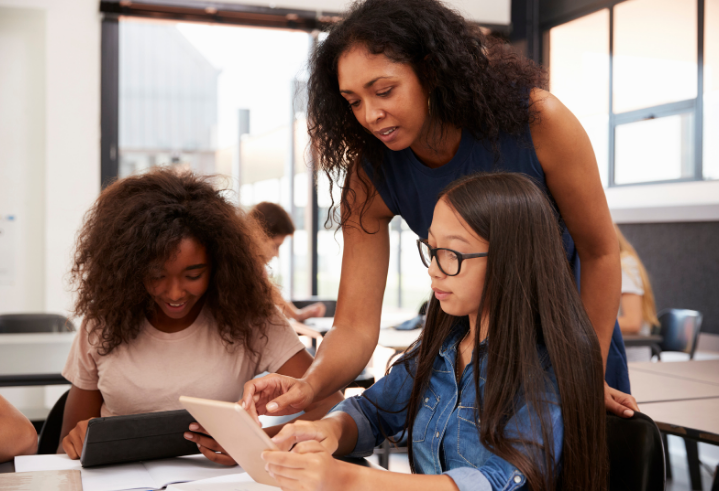
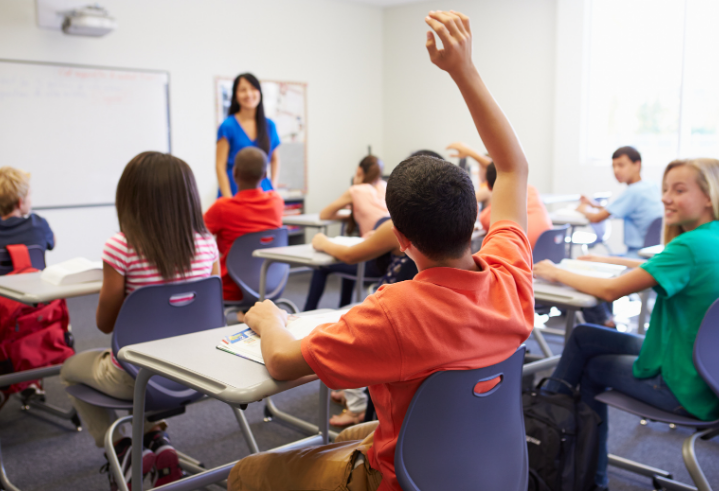

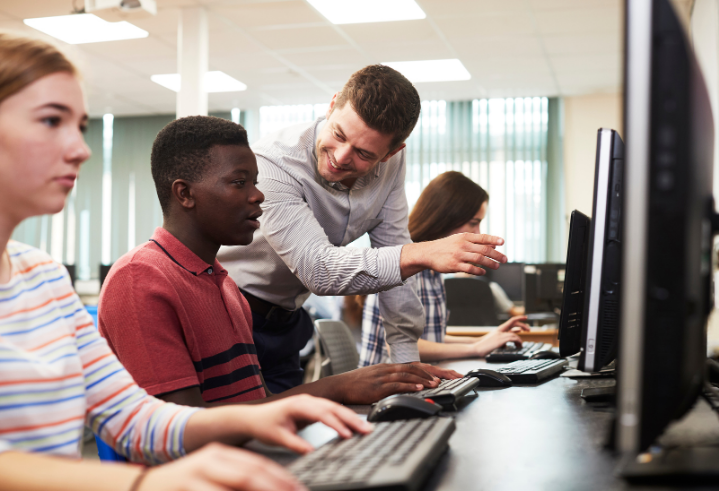
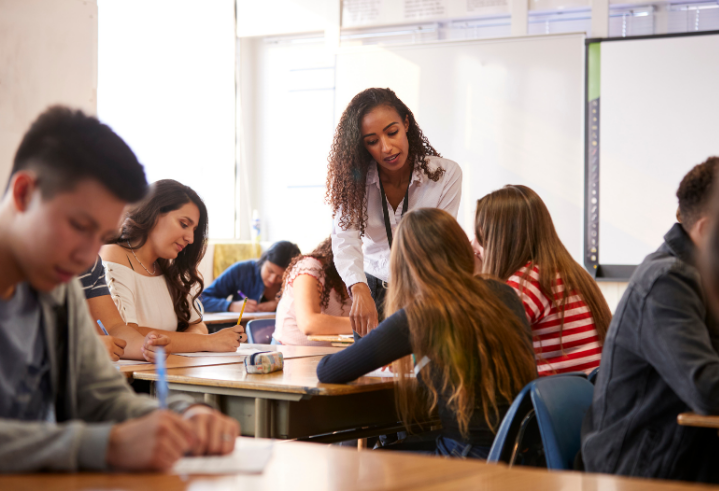
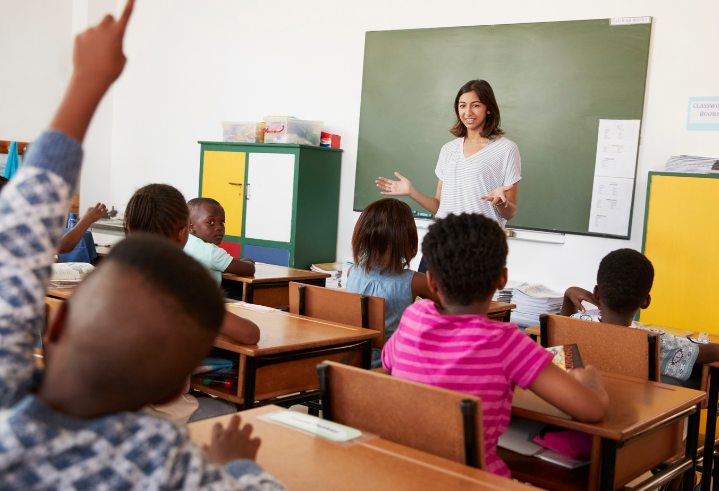
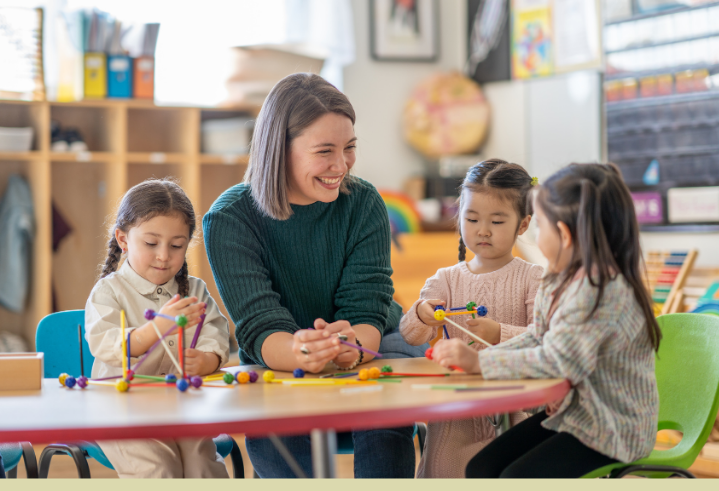

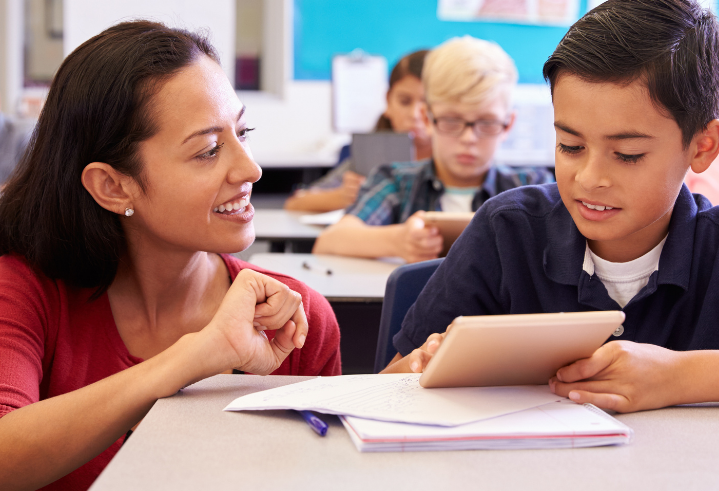

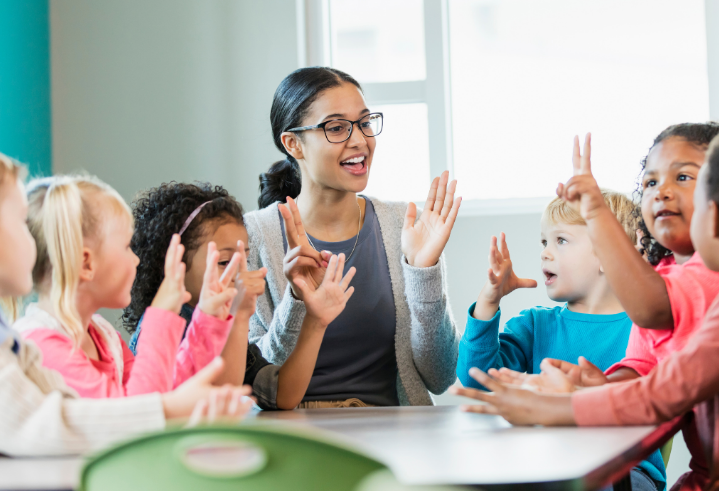
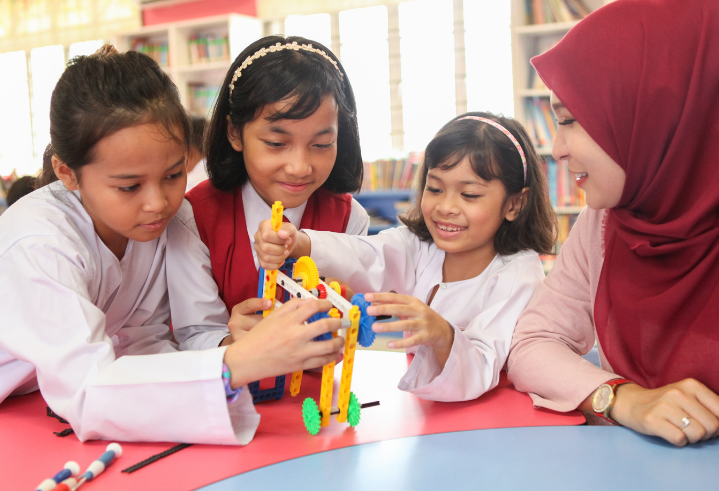
.png?width=1000&height=500&name=The%20Importance%20of%20Engaging%20Student%20Voices%20in%20MTSS%20(3).png)
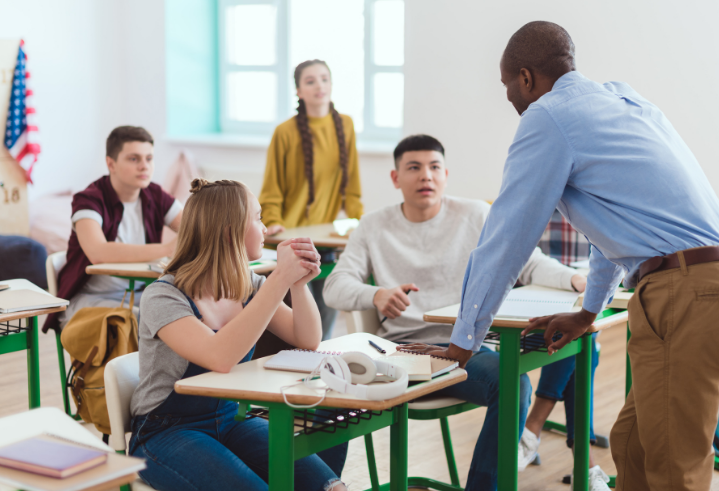
![Tier 3 Behavior Planning and Wraparound Supports [Part 2]](https://www.branchingminds.com/hs-fs/hubfs/Tier%203%20Behavior%20Planning%20and%20Wraparound%20Supports%20%5BPart%202%5D.jpg?width=500&height=500&name=Tier%203%20Behavior%20Planning%20and%20Wraparound%20Supports%20%5BPart%202%5D.jpg)
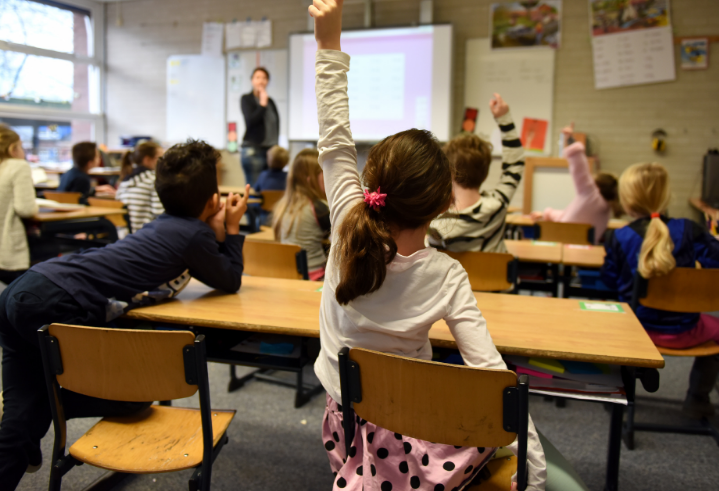
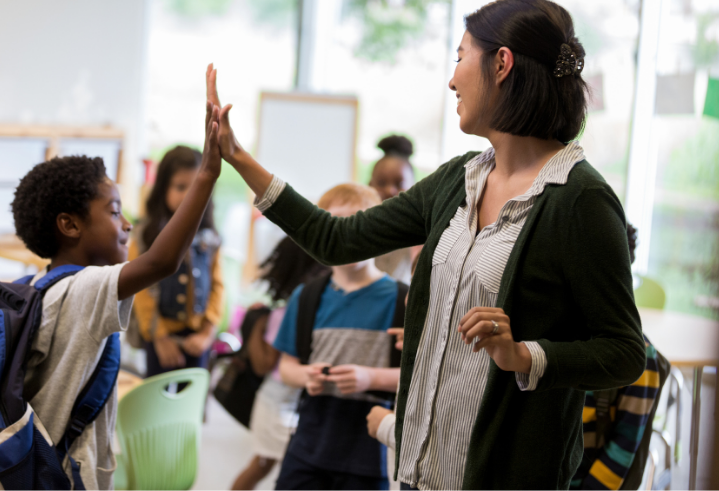
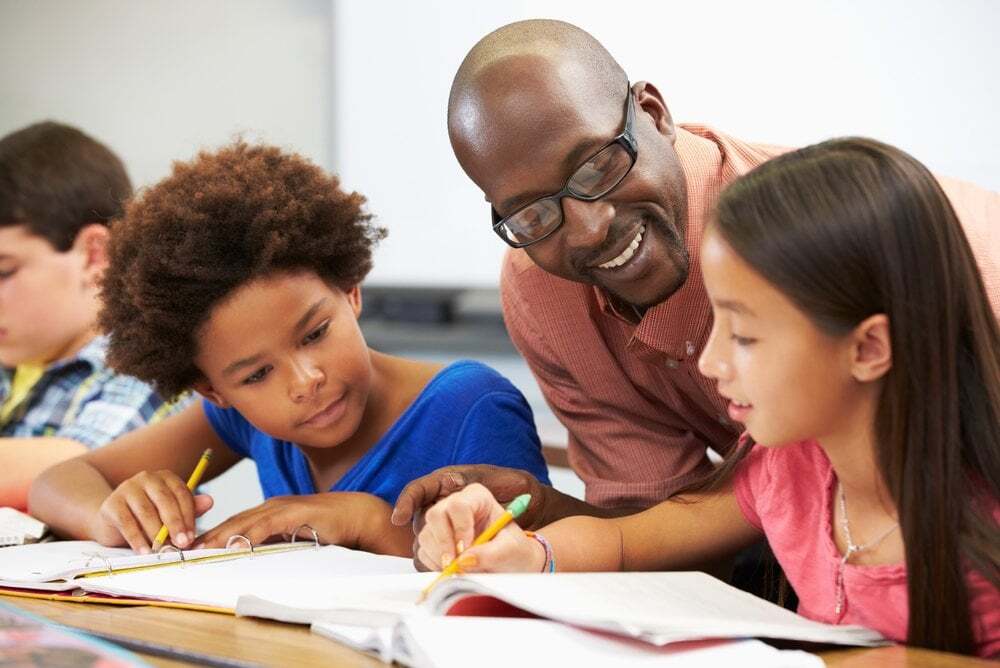
.png?width=719&height=491&name=Waverly%20School%20District%20(2).png)




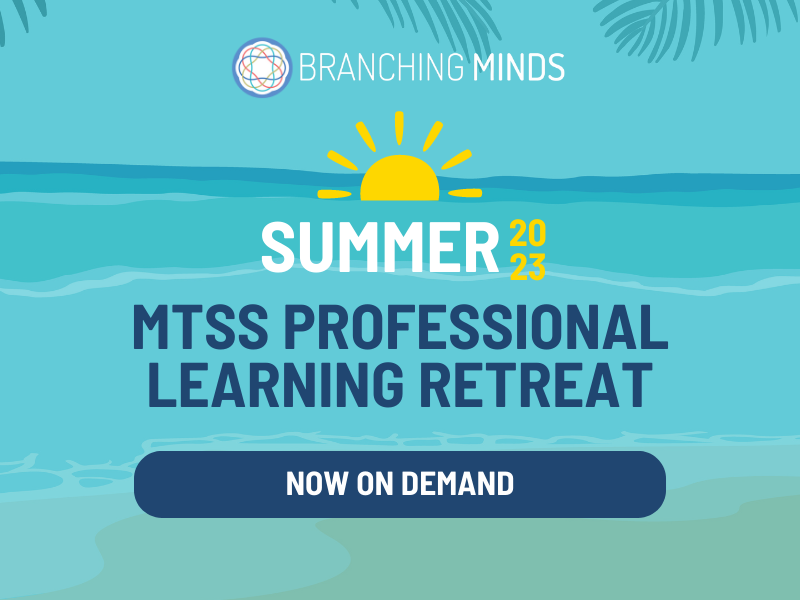







/jed_preview_1.png?width=800&height=600&name=jed_preview_1.png)
@x2.png?width=800&height=600&name=03_01_23%20webinar5_preview(nodates)@x2.png)
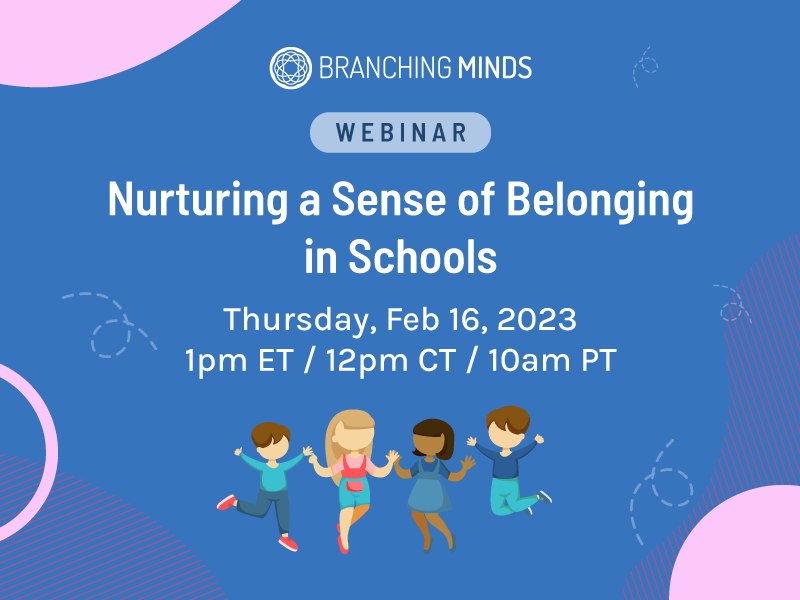

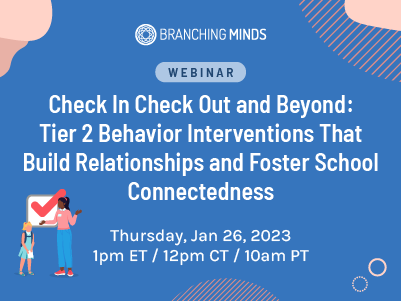
.png?width=500&height=500&name=What%20Is%20the%20Difference%20Between%20Tier%201%20and%20Tier%202%20in%20MTSS%20(preview).png)

